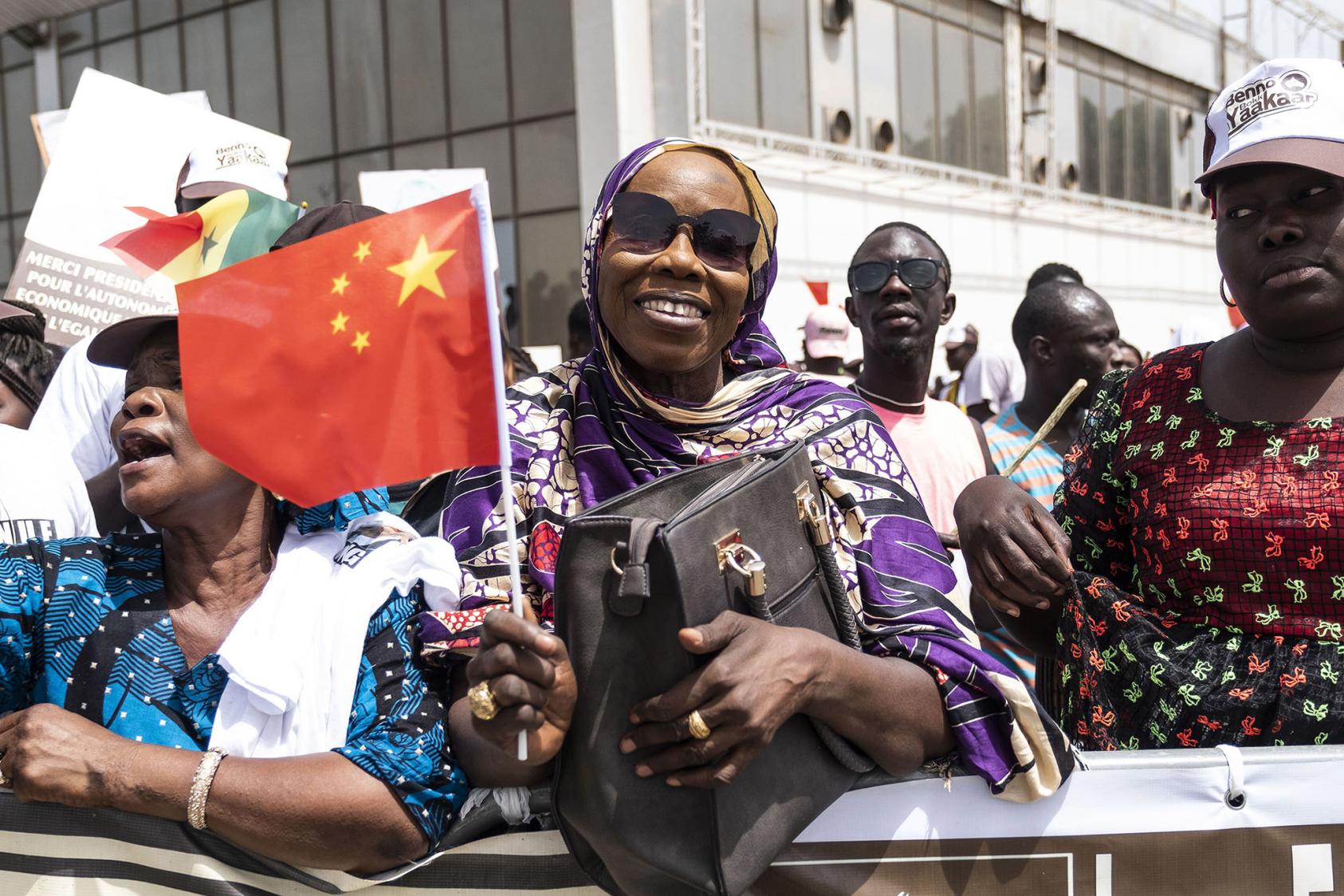One of the hallmarks of the Cold War era was a competition between the United States and its democratic allies, on the one hand, and Communist powers, on the other, for the allegiance of countries in Africa and Asia. In an echo of the Cold War, a similar competition between the United States and China is playing out today. This report examines the US-China rivalry then and now and offers insights and lessons that can guide US policymakers as they navigate the contemporary competition.

Summary
- During the Cold War, the United States vied for global influence not only against the Soviet Union but also against China—a rivalry that has reignited in recent years.
- The main theaters for Sino-American competition during the Cold War were Asia and Africa—two regions that are at the center of the contemporary rivalry. Although today’s rivalry is not an exact replay of the Cold War, lessons from the earlier competition offer critical insights into how the new contest between China and the United States may evolve.
- Both countries risk repeating mistakes they made in the earlier period, when overt efforts by Washington and Beijing to strengthen their political and economic influence in neutral countries often alienated the very people they sought to win over.
- The United States can do two key things to move China toward cooperation and pragmatism. First, it can help Japan, South Korea, and Taiwan continue to provide a democratic alternative to the Chinese model that is strong and vibrant.
- Second, if Beijing does choose to moderate its policies, Washington should be ready to do everything it can to reinforce that decision.
About the Report
This report explores the ways Sino-American Cold War competition in African and Asian countries resembles and offers lessons for the contemporary rivalry. It looks at similarities between two dimensions of Sino-American rivalry during the Cold War and today, comparing Cold War–era Chinese and US aid programs with the contemporary economic rivalry and drawing parallels between the countries’ contest for political dominance during the two eras. The report was commissioned by the China program at the United States Institute of Peace.
About the Author
Gregg Brazinsky is a professor of history and international affairs at The George Washington University. His books include Winning the Third World: Sino-American Rivalry during the Cold War and Nation Building in South Korea: Koreans, Americans, and the Making of a Democracy. His current work focuses on Sino–North Korean relations and US policy in Japan, South Korea, and Taiwan.